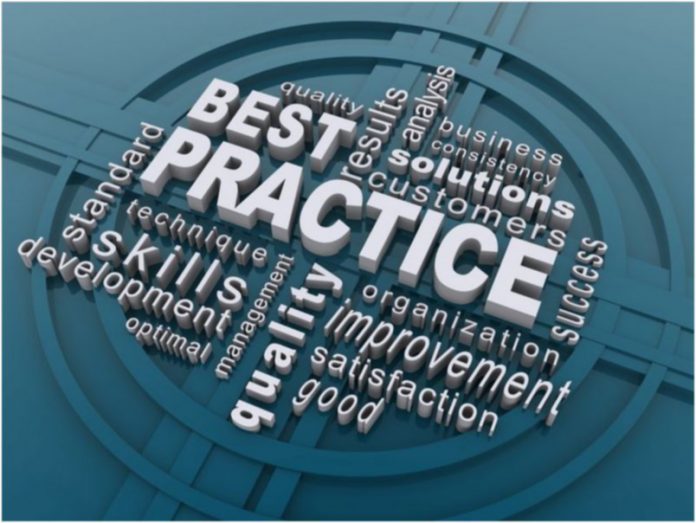Some groups prefer to create an agenda ‘on the fly’ during the meeting. This technique usually results in a list of topics which might garner a lot of support from the participants initially, but it is fraught with potential pitfalls. For instance, the ‘right’ people may not be present to discuss or make decisions on a particular topic. In this case, the time spent discussing the topic may not move the issue forward or achieve the meeting goals or objectives. Participants may need to take information back to their staff for review or advice, particularly if they are not empowered to make decisions.
Ready and Able?
Creating such a list also assumes that the group is knowledgeable and ready to discuss any topic that is listed, which is rarely the case. And finally, this assumes that the group as a whole understands what type of discussion, decision, or action is associated with each topic. Often, participants need an opportunity to learn more about a particular topic before they are able to actively participate in a discussion or make a decision. Sending out pre-work before the meeting can be a great way to not only communicate the agenda, but can also help educate participants and thus increase their level of participation.
Another problem with letting a group design an agenda ‘on the fly’ can involve group decision making processes. The group will need to decide how much time to allow for a particular topic, when a particular topic may be presented, who will present it, additional potential actions (‘Next Steps’), risk, etc. At this point in the meeting, however, the group has not discussed how decisions may be made or who can make them.
Is the Topic ‘Ripe’?
One of the more difficult assessments of a topic is determining when it is appropriate to take action on it. A topic is ‘ripe’ when the discussion or action during a meeting results in positive momentum towards a particular goal or objective. For instance, spending too much time talking about fund raising activities in the year 2020 may not be very relevant or address any current issues. Discussing issues related to fund raising activities for the previous, current, and following year would be more relevant.
The Problem with Lists
Typically, topics captured on the list are not in any particular sequence or priority which will make it difficult for the group to make a decision or recommendation. An example of sequencing might be that the group should discuss the annual budget, for instance, before discussing the allocation of training dollars. There may be high priority items, such as layoffs, that need to be discussed before more routine day-to-day issues.
Doing It Right
Creating an effective and efficient agenda can take time and research–a luxury that is not available once a meeting has started. Few meeting participants practice creating strategic agendas and may not be very good at it. Their comments and suggestions may not improve the quality of the final product. It is much less stressful to create an agenda outside of the actual meeting.
Agendas are fairly easy for one peson to design and nearly impossible to create as a group. Using a very small group to create a draft agenda may be effective, particularly when the participants are very familiar with the topics and basic agenda formats.
A list of meeting topics is useful when designing an agenda. Additional information about each topic such as priority, timeframe, sequence, contacts, costs, etc. is also critical when sequencing and prioritizing topics. A meeting with no timeframes can go on forever; or at least it can seem that way. Lists lack timeframes and often the topics at the top of the list get more time than the topics at the end of the list. This can occur when participants underestimate the time needed to discuss a particular topic or when a decision is required. This can also occur when presenters assume that their topic is the most important one of the meeting and take too much time. Topics at the bottom of the list may be much more important or ‘ripe’ than topics at the top and the group may miss opportunities to move ahead on critical issues by simply plowing through a topical list.
Sent out a draft agenda for review. The review may be by the manager or perhaps even by key meeting participants. Go out with a final draft agenda a week before the meeting. Small tweaks to the final agenda can be made during the meeting if needed.
A well designed agenda will help participants manage time. Participants will be able to see the list and sequenc of tipics and the amount of time allocated. Participants will also know what to expect (as in when the breaks are scheduled). Knowing when a break is coming up may keep a particpantengaged longer and not worried about leaving immediately to make a phone call. Presenters benefit as well by being aware of their time limitations and be able to design their presentation and question and answer periods accordingly.
While meetings may be unavoidable, poorly designed and implemented meetings can be avoided and eliminated. Thoughtful agenda design can help sequence and priorize information, set up effective information sharing and decision making processes, and minimize the amount of time and number of meetings in general. Don’t settle for less!







